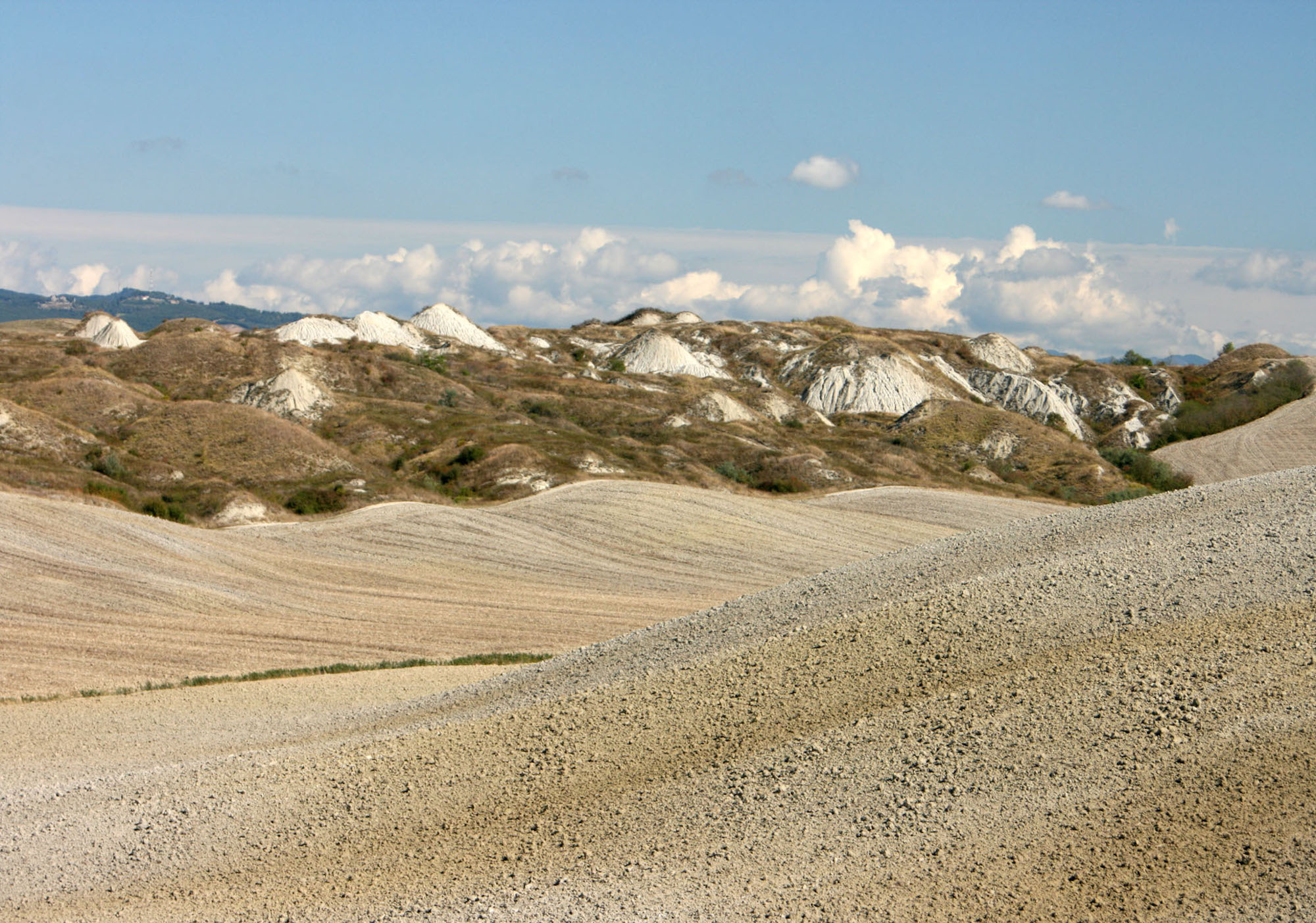Where are the 3 Italian deserts located? But then, do they really exist?
Ok, we are not a desert country but we really are at least 3 Italian deserts to see absolutely, for an original holiday or trip in our country, in safety and in the name of well-being.
A trip to the desert means experiencing the emotions of the vastness of the panoramas, the silence enveloping, the experience of solitude that regenerates you.
There are basically three Italian deserts:
1. Piscinas Desert, Sardinia
2. Dunes of Capocotta, Lazio
3. Accona Desert, Tuscany
Where are the 3 Italian deserts, for an original journey
The desert stimulates reflection on ourselves, pushes us to overcome difficulties, it helps us to get to know each other better. It is no coincidence that we speak of ‘desert therapy’. And it’s even better to walk them in one holiday on the most beautiful Italian pathsare detours that are worth it.
In a time when it’s not easy reach countries that host large deserts (for example the whole classic Middle Eastern belt of the Sahara, the India-Pakistan border area, Mongolia) we can explore the Italian ones. As far as boundless panoramas are not exactly the same things you can see in Morocco, Egypt and similar countries, but they are perhaps the most beautiful deserts in Europe.
They are truly surprising and will conquer you, also because in two out of three, the dunes end up in the sea.
1. Piscinas Desert, Sardinia
The official name is Dune di Piscinas, but this area of southwest Sardinia is better known as the Piscinas Desert, but also ‘The little Italian Sahara’. It is located in the municipality of Arbus and is iThe largest natural desert in Europealthough compared to the Sahara it is tiny: 1.5 square kilometers.
Before the view they open sand hills up to 100 meters high which follow one another up to the blue sea of the Piscinas beach. The dunes have been shaped by the wind over the centuries, to cover the rocks brought here by the Piscinas and Naracaulie rivers and are similar to the Dunes of Pilat, south of Bordeaux in Atlantic France. But with a more beautiful and warm sea and with Mediterranean vegetation with heady scents (especially juniper and olive trees).
In addition, you can spot the turtles of sea who come here to lay their eggs.
The dune area has paths of trekking and there is quite a camping where to sleep.
In winter it is one of Italian spots preferred by surfers.
[Credit: Gianni Careddu – Opera propria, CC BY-SA 4.0,
2. Dune di Castelporziano, Lazio
Il deserto alle porte di Roma: le dune di Castelporziano sono fra le meglio conservate d’Italia. Si incontrano nella lunga spiaggia di Capocotta, fra Torvaianica e Castelporziano, sulla litoranea Ostia-Anzio.
Sono lunghe 5 km e non sono alte come quelle di Piscinas, ma nel 1996 sono diventate parte della Riserva Naturale Statale Litorale Romano: qui puoi vedere flora e fauna allo stato selvaggio tipiche dei questo ambiente (compresi conigli selvatici e istrici).
Dai pascoli e arbusti mediterranei (niente male il profumo di mirto e ginepro che aleggia) la sabbia si fa largo verso il mare in un panorama di dune spesso descritto fra i migliori d’Europa. In particolare merita una visita la Duna di Capocotta, la più lontana dalla foce del Tevere.
C’è una passerella che corre lungo tutta la spiaggia
La spiaggia include anche un’oasi naturista ed è un punto di riferimento della comunità Lgbt.
[Credit: Patafisik – Opera propria, CC BY-SA 3.0,
3. Deserto di Accona, Crete Senesi, Toscana
Deserto non è il termine esatto per definire questa zona a ridosso delle Crete Senesi, ma è ormai il termine con cui è più conosciuta: la inventarono degli studiosi a metà ‘800 per riconoscere questa zona in cui l’erosione, la scarsa piovosità e la mancanza di presenza umana hanno creato un panorama unico e suggestivo.Sono le ‘badlands’ italiane, una distesa di dune lunari che si estende fra Asciano, Montalcino e Buonconvento.
Il colore chiaro di queste terre aride è dovuto alle calanche, più rocciose e corrugate, e ai campi di biancane (argilla e elementi salini che affiorano sulla terra). Danno vita a un ambiente raro in Italia, un deserto bianco in cui spuntano macchie di verde, che non sono coltivate da oltre 800 anni.
[Credit Andrea stregophotos – Visit Tuscany]
[Mainphotocredit:GuntherTschuch–OwnworkCCBY-SA30[Creditfotoprincipale:GuntherTschuch–OperapropriaCCBY-SA30
Other deserts in Italy
Unlike countries like the US, there are very few large and quite desolate areas in Italy, although we can’t exactly talk about deserts. Mostly green deserts. But it is absolutely worth a visit, for all-encompassing experiences.
For example, let’s talk about Campo Imperatore, the Abruzzo plateau at the foot of the Gran Sasso, an immense green expanse crossed by shepherds with their flocks for millennia. A night here is not so different, in terms of emotions, compared to those you can spend in the Sahara.
To say, in 1976 Valerio Zurlini shot ‘The Desert of the Tartars’ here, but before that Bud Spencer and Terence Hill had passed by for ‘They Call Me Trinity’ (1971).
Then there is also the plain of Castelluccio di Norciaa spectacle that suddenly appears before you when you climb up, with the peculiarity that the stratified colors of the various flower crops are added to the greenery: the maximum is in June and July, when there is the flowering of lentils.
Abruzzoturismo.it’s photo
READ ALSO
Advertising
